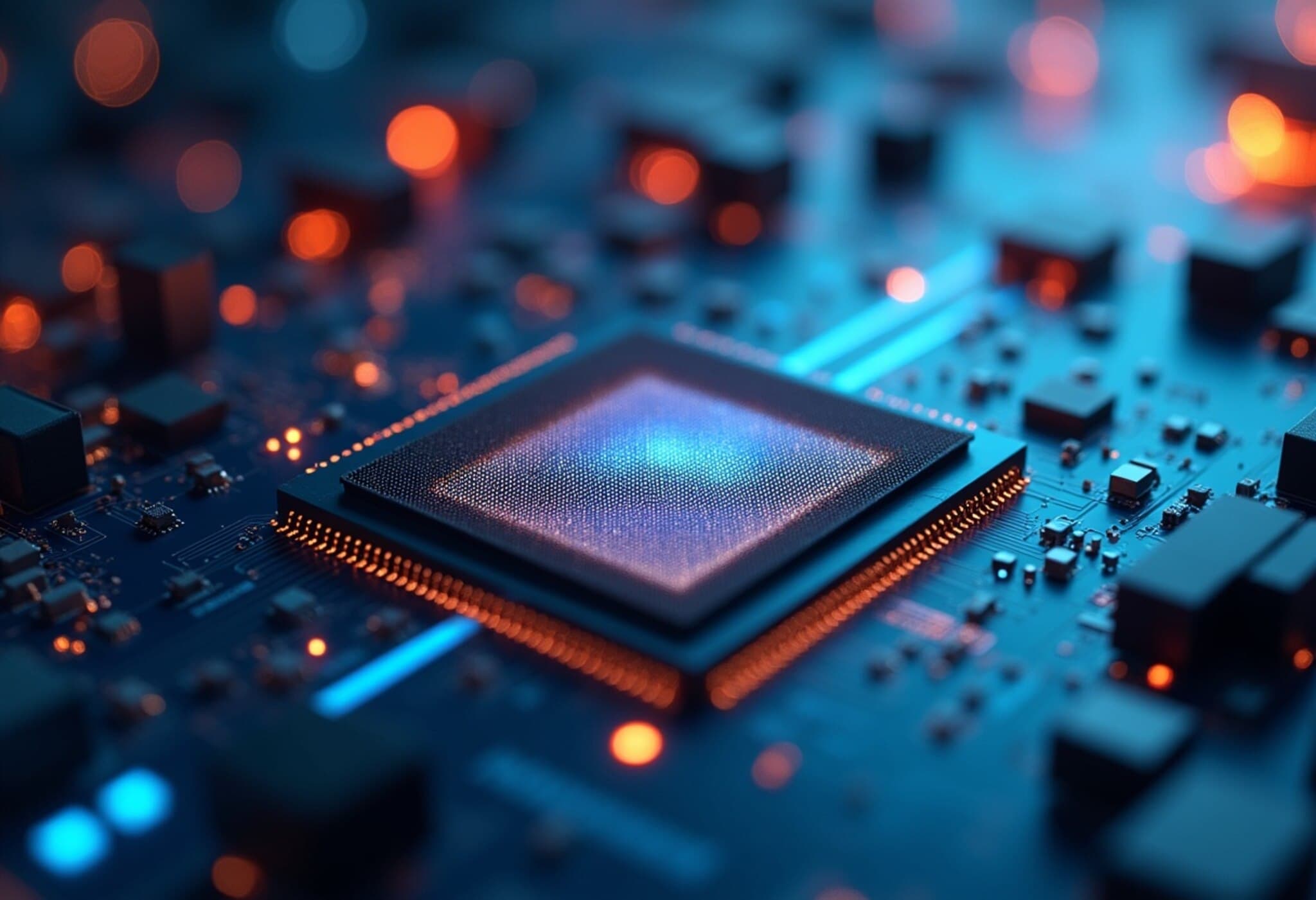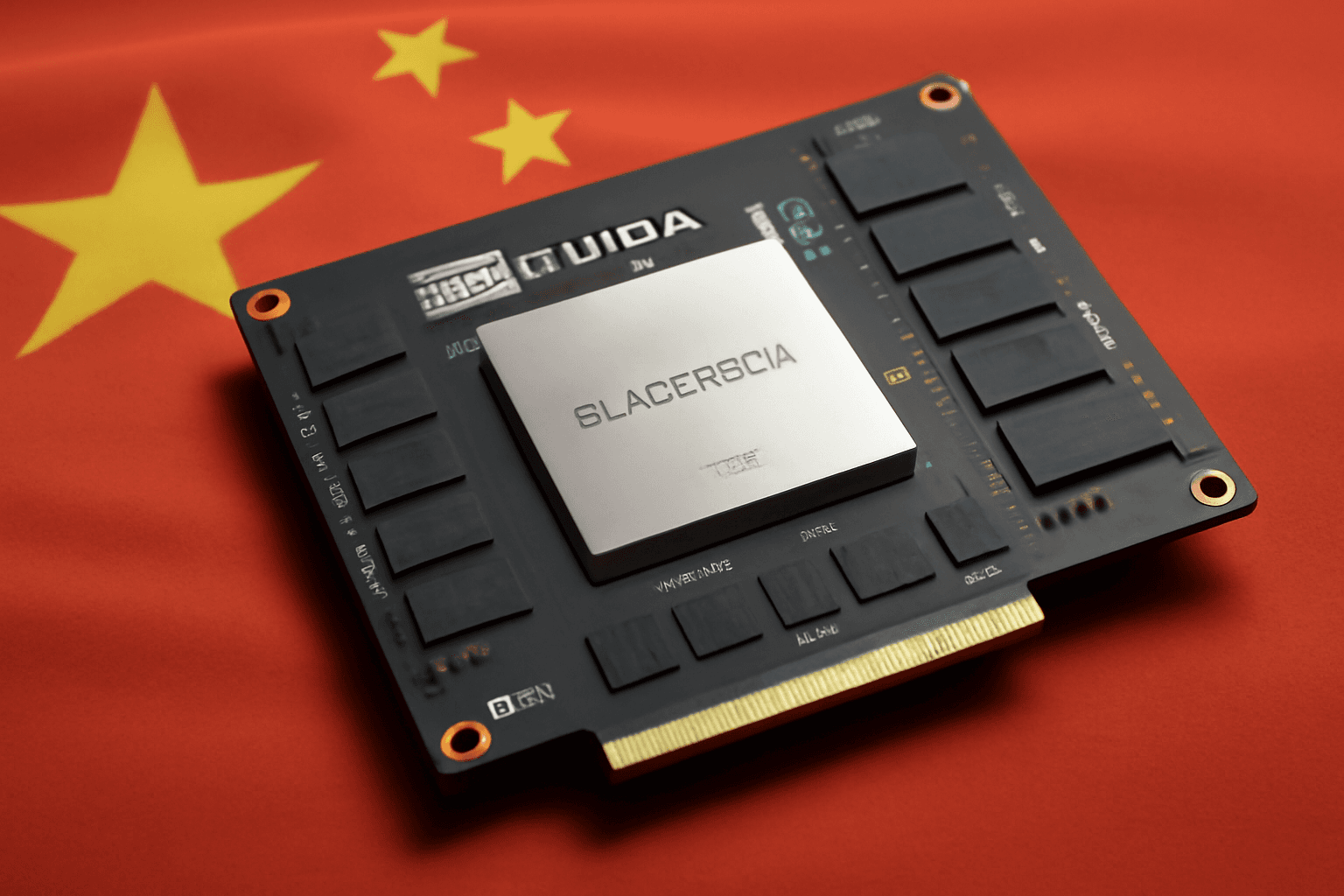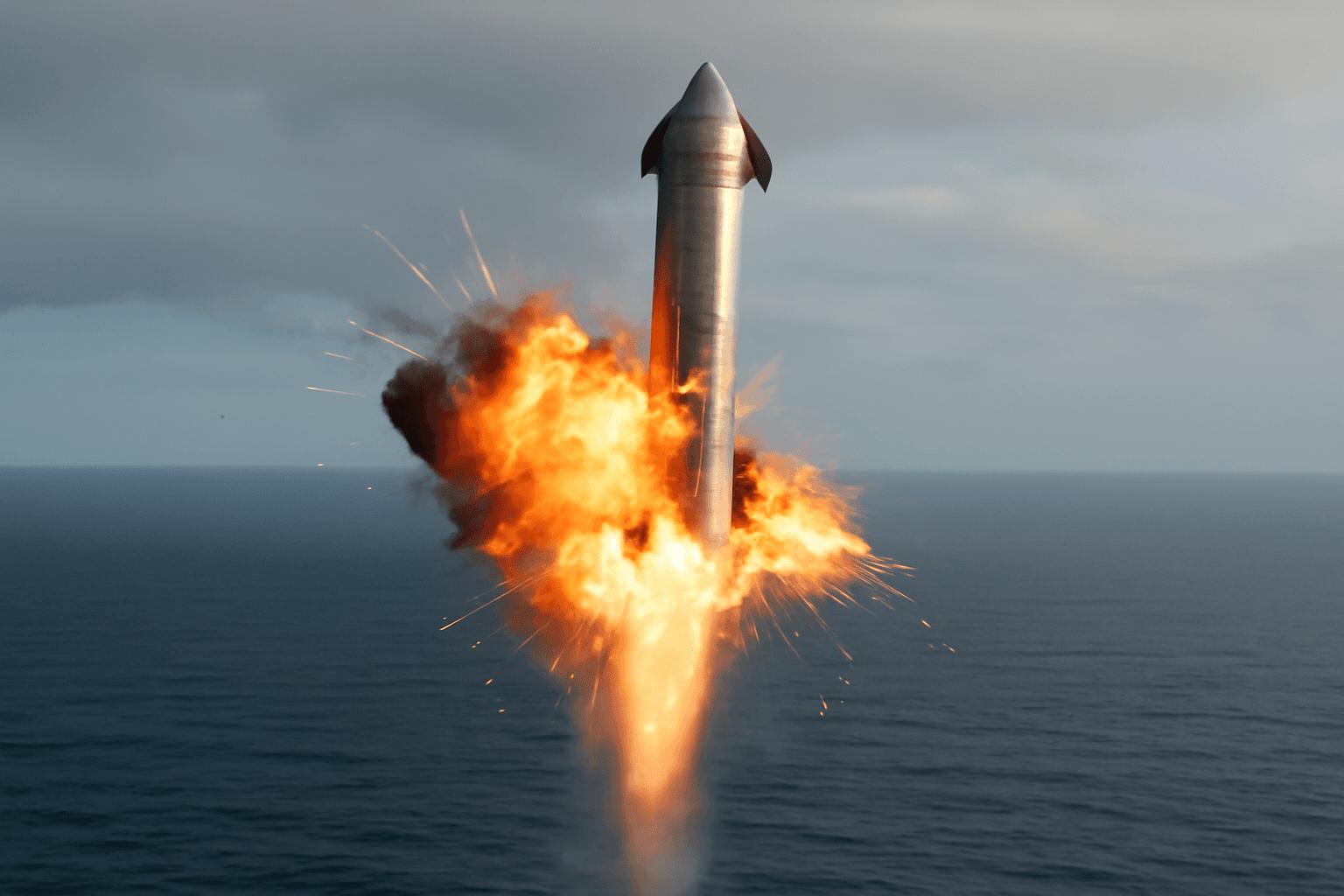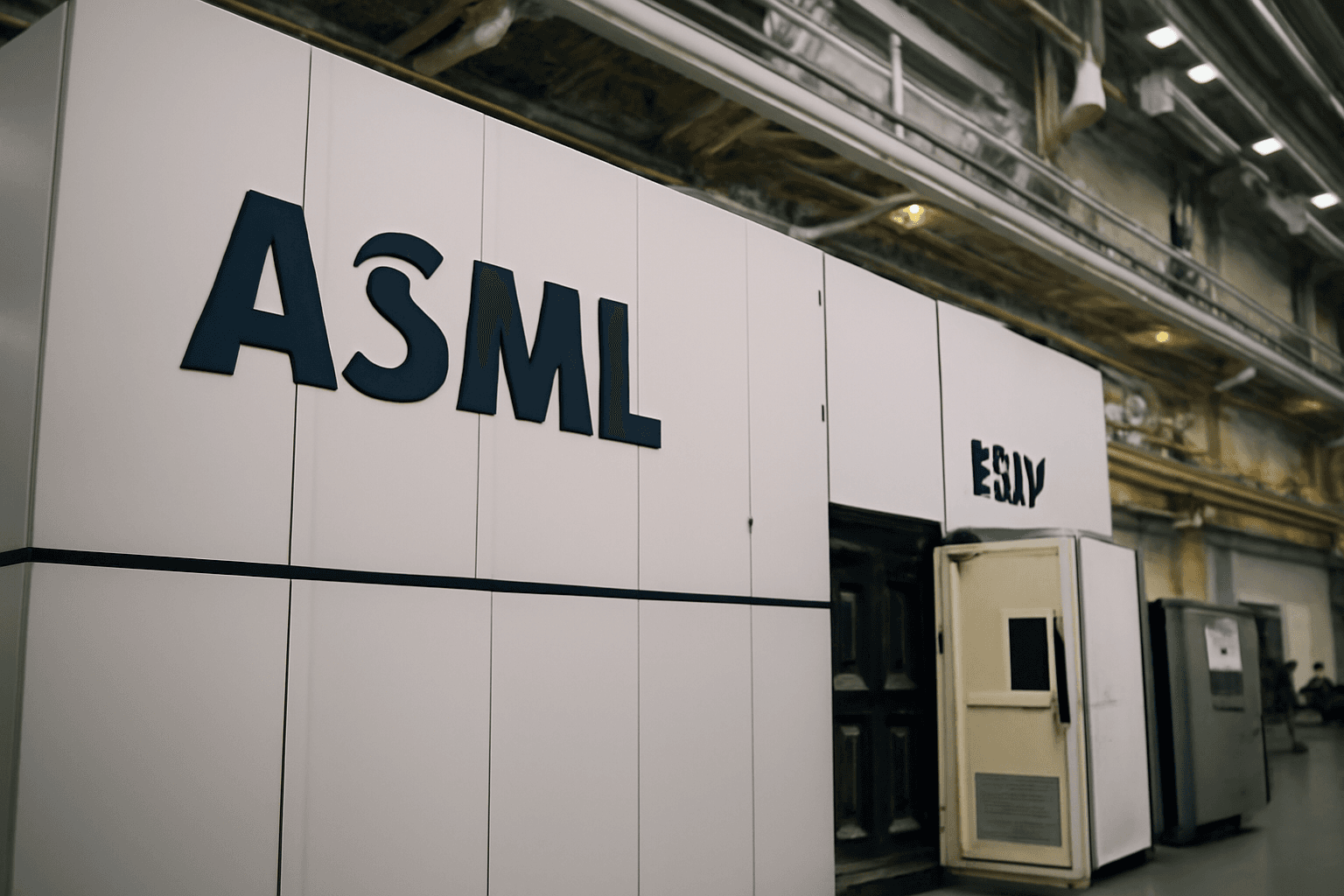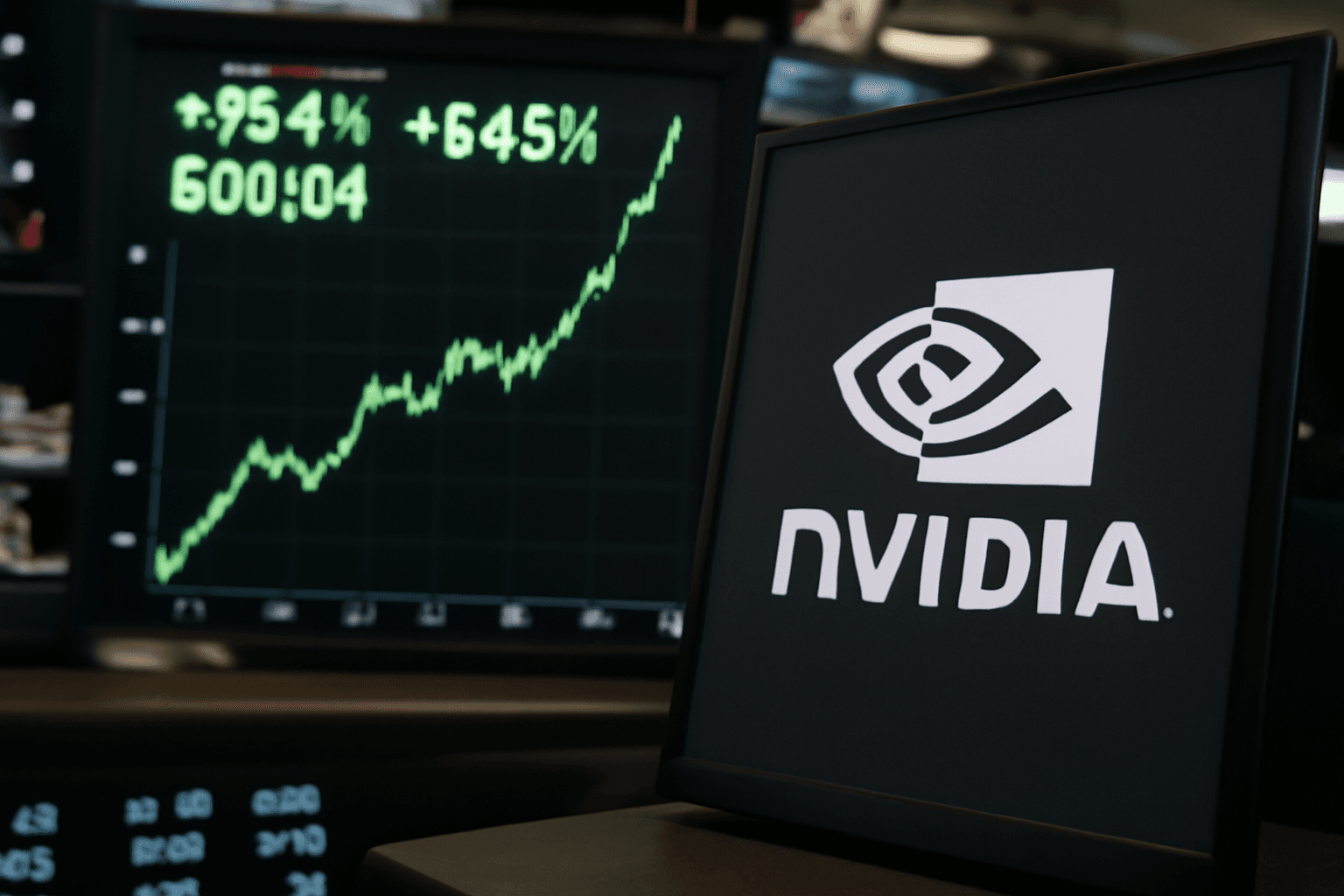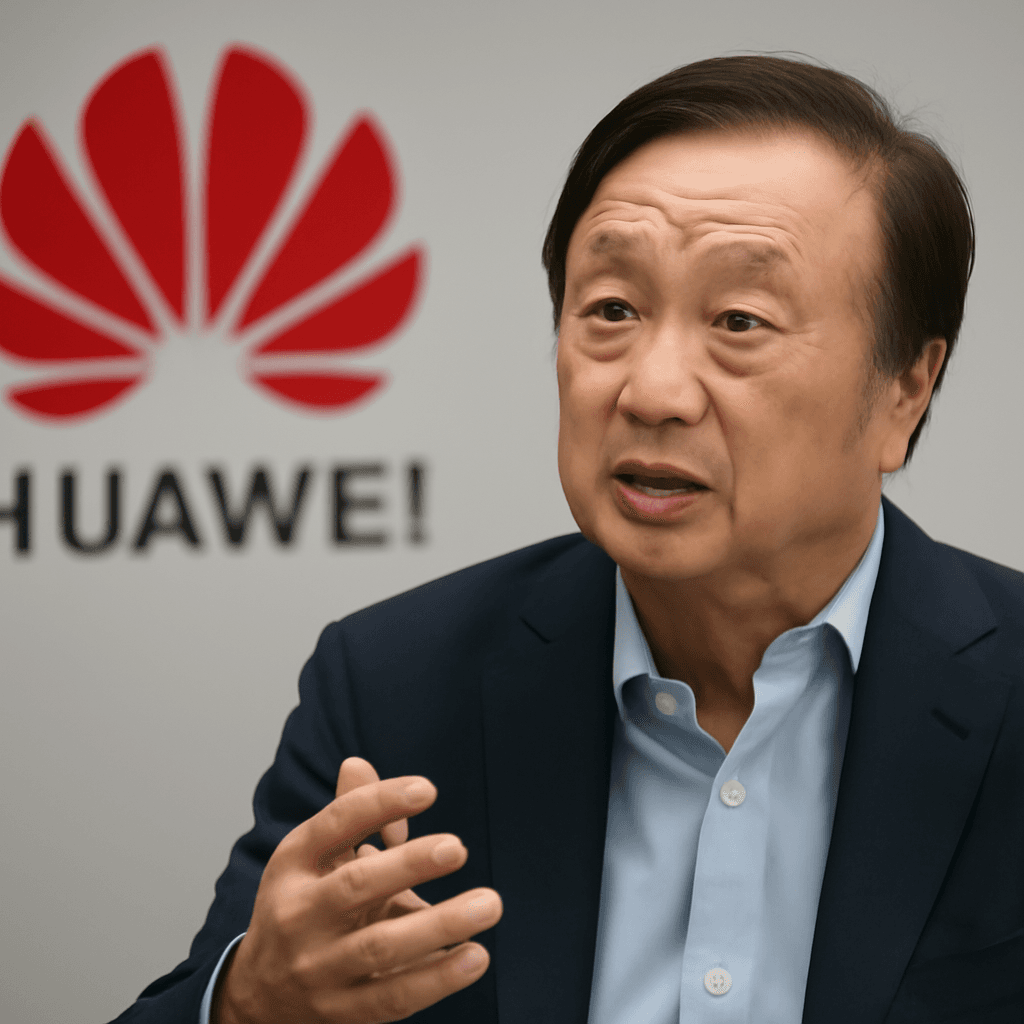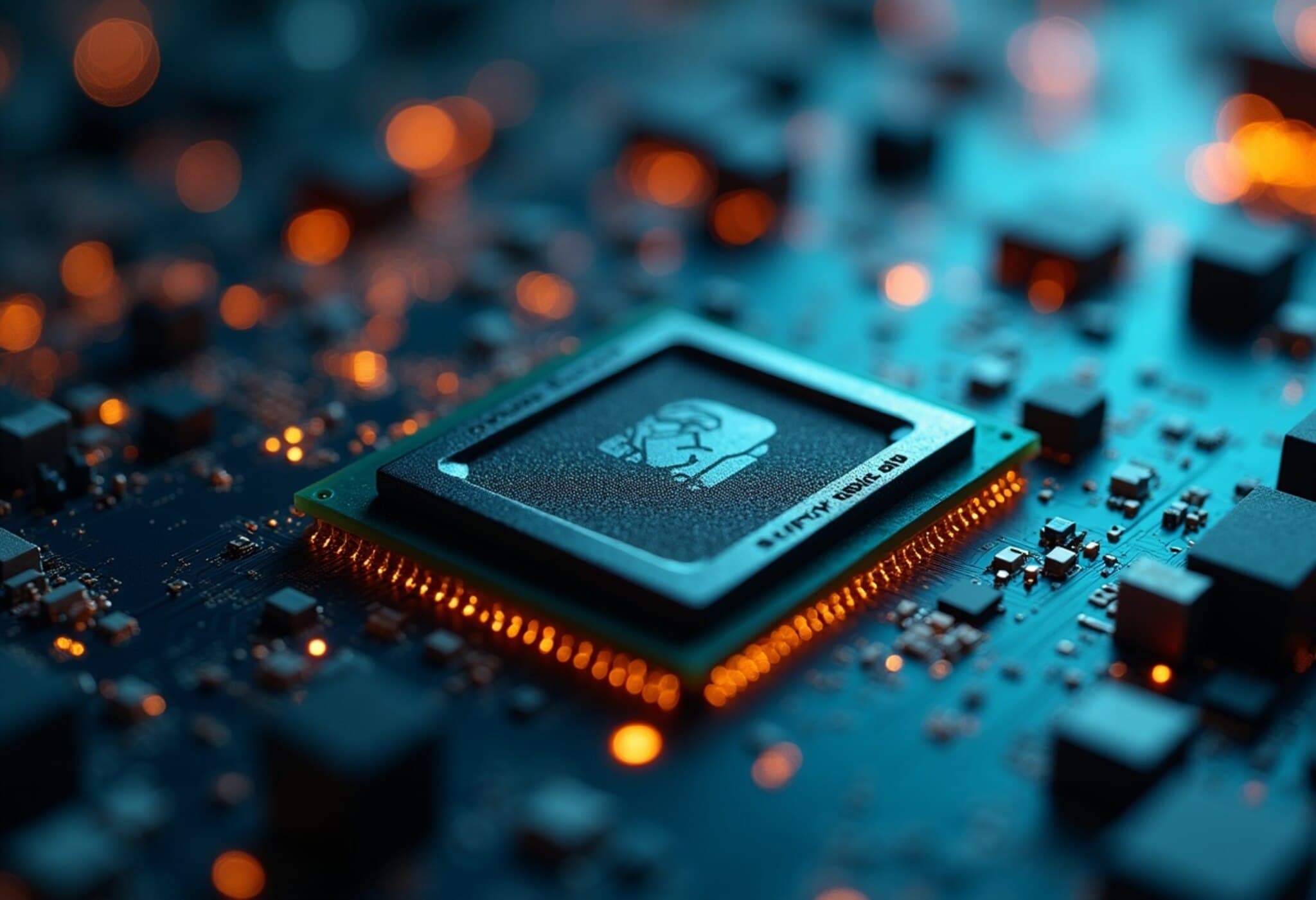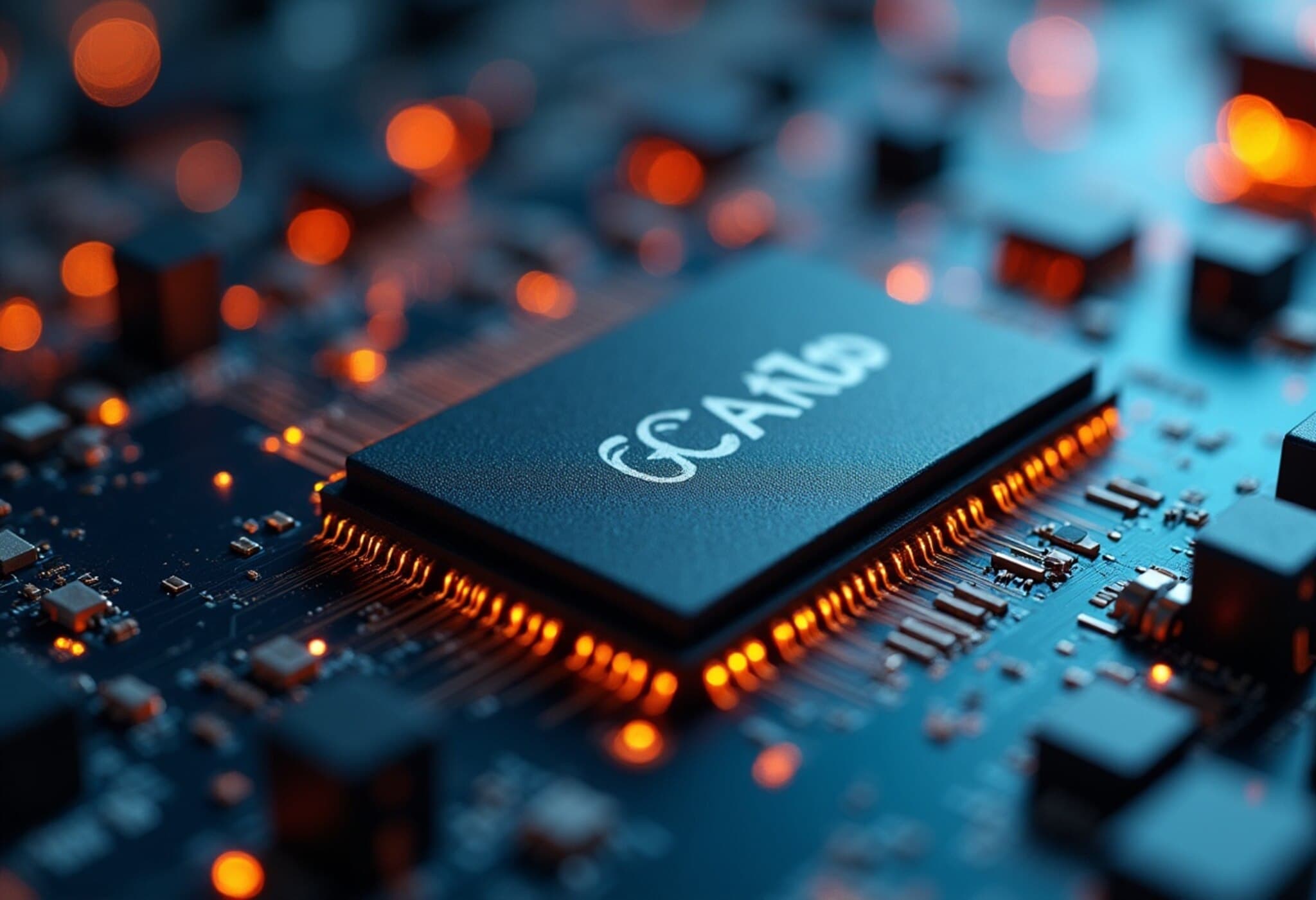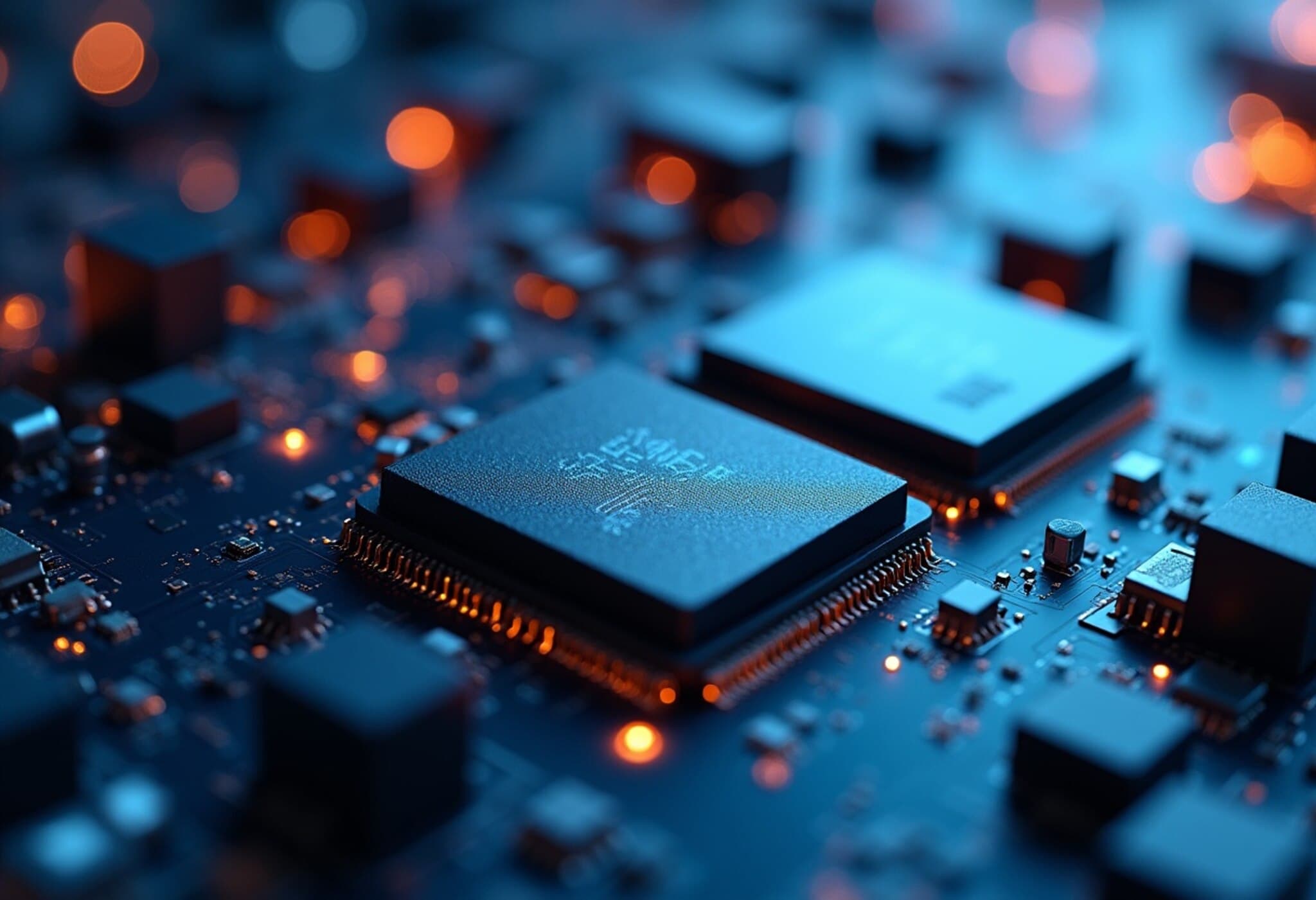ASML Posts Strong Q2 Results Yet Signals Uncertain Growth for 2026
Semiconductor equipment titan ASML delivered second-quarter financial results that surpassed analyst expectations, yet it tempered investor optimism by expressing uncertainty about sustaining growth into 2026. The Dutch company, pivotal to the global chip manufacturing ecosystem, reported robust net sales and net bookings but flagged a cautious outlook driven by shifting macroeconomic and geopolitical challenges.
Q2 Financial Performance: Ahead of Expectations
In the quarter ending June 2025, ASML posted net sales of 7.7 billion euros ($8.95 billion), outpacing the consensus forecast of 7.52 billion euros. Net profit similarly exceeded projections, reaching 2.29 billion euros versus the anticipated 2.04 billion euros. These results were supported in part by increased revenues from machine upgrades and a softer-than-expected impact of tariffs, as noted by CFO Roger Dassen during a recent company interview.
Significantly, ASML's net bookings—a critical gauge of demand for its cutting-edge chip lithography equipment—came in at 5.5 billion euros, well above analysts’ estimate of 4.19 billion euros. This robust order intake reaffirms ASML’s position at the heart of semiconductor supply chains, supplying EUV (extreme ultraviolet) lithography machines essential for producing the world’s most advanced chips used by industry giants like Intel and TSMC.
Market Context: The Weight of Tariffs and Geopolitical Headwinds
Despite these encouraging numbers, ASML faces growing headwinds. Its sales forecast for the third quarter, between 7.4 billion and 7.9 billion euros, fell short of the 8.3 billion euros market expectation. The company also narrowed its full-year 2025 net sales guidance to reflect 15% growth, revising down from the earlier range of 30 to 35 billion euros.
This tempered outlook aligns with broader semiconductor industry challenges — including U.S. tariff policies, global supply chain tensions, and macroeconomic uncertainties — that convolute investment decisions and chip demand forecasts worldwide.
Looking Ahead: 2026 Growth Clouded by Uncertainty
ASML CEO Christophe Fouquet emphasized the mixed signals for the coming years. While the fundamentals remain solid among key AI chip customers, geopolitical and economic volatility injects a cautionary tone. “While we still prepare for growth in 2026, we cannot confirm it at this stage,” Fouquet remarked.
ASML’s next-generation EUV tools, including its advanced high-NA lithography systems, represent strategic investments into the company's future growth trajectory. These machines, towering and complex with price tags exceeding $400 million each, are at the forefront of enabling the next wave of microchip innovation. Yet, the uncertain global environment means ASML must balance ambitious product rollouts with prudent financial guidance.
Expert Insight: The High Stakes of Chip Manufacturing Leadership
ASML’s position is emblematic of the semiconductor sector’s global intricacies—where technology leadership intertwines with geopolitical chess games. As the U.S. and allied countries impose export controls aimed at limiting China’s chipmaking capacity, companies like ASML navigate a delicate path between commercial growth and regulatory compliance.
Moreover, the semiconductor cycle is notoriously volatile, influenced by factors ranging from consumer electronics demand to automotive production shifts. ASML’s cautious tone for 2026 may reflect prudent recognition that the current AI-driven demand spike could stabilize or contract depending on broader economic health.
What This Means for Stakeholders
- Investors should note that while ASML’s technology leadership is unquestioned, external uncertainties could introduce volatility into revenue growth.
- Chipmakers
- Policy analysts
Editor’s Note
ASML’s strong second-quarter performance underscores its critical role in fueling the advanced chip revolution powering AI and next-gen technologies. Yet, the cautious guidance for 2026 serves as a sober reminder that even industry leaders are not insulated from global economic and geopolitical headwinds. For an industry at the epicenter of technological sovereignty debates, ASML’s trajectory will be a key indicator of how innovation, policy, and market forces converge in the years ahead.
As the semiconductor landscape evolves, stakeholders should watch how ASML balances aggressive product development with geopolitical risk mitigation—questions that will shape not only company fortunes but also the future of technology supply chains worldwide.

